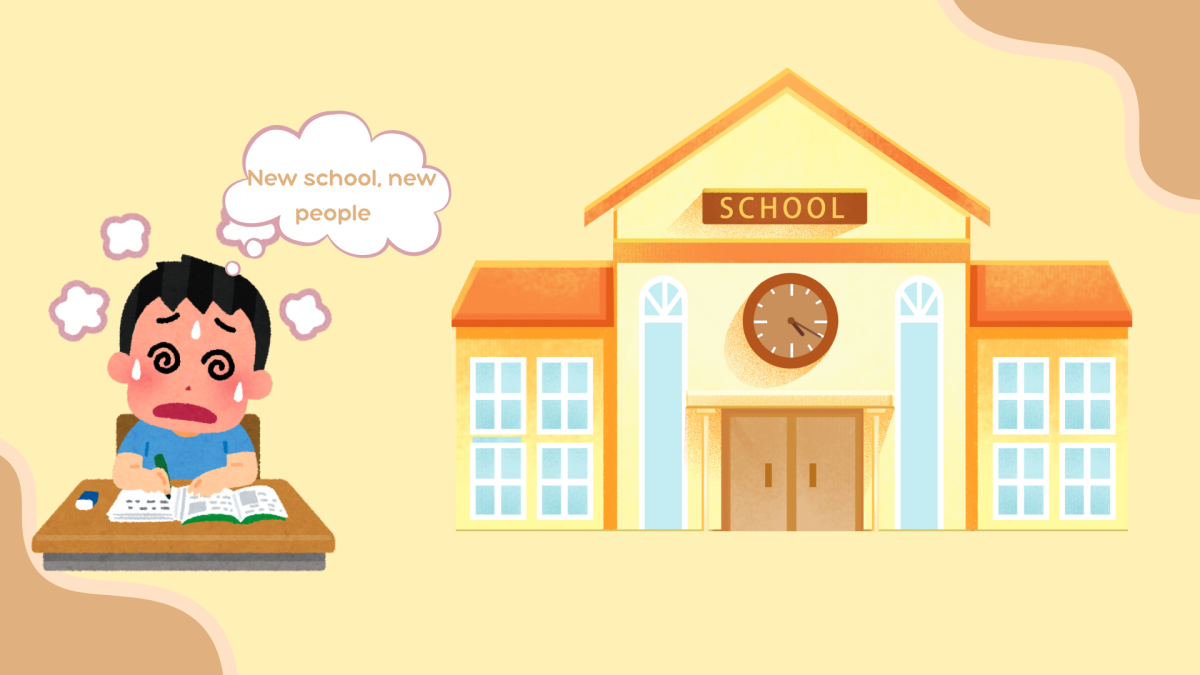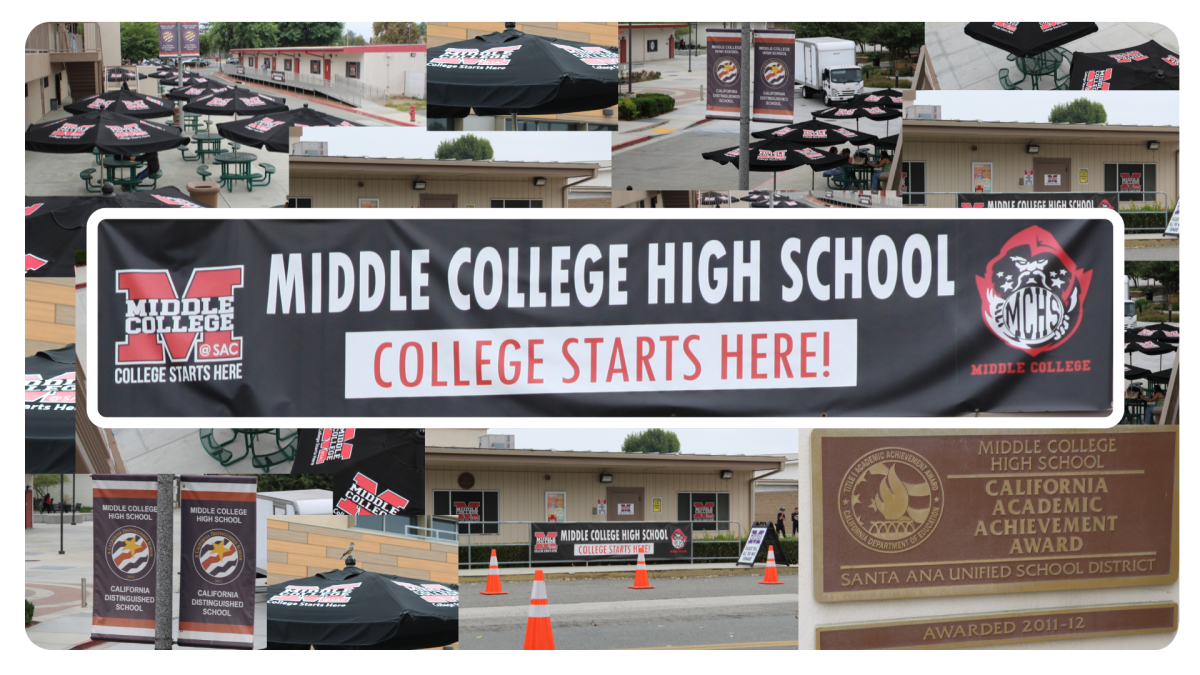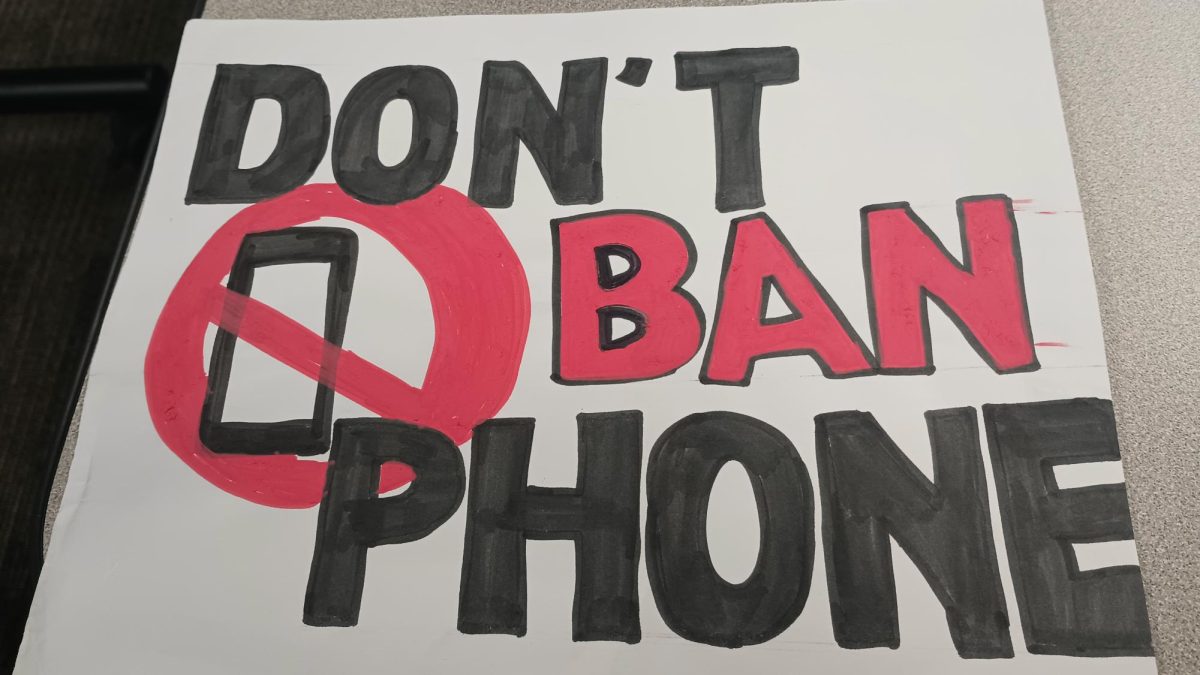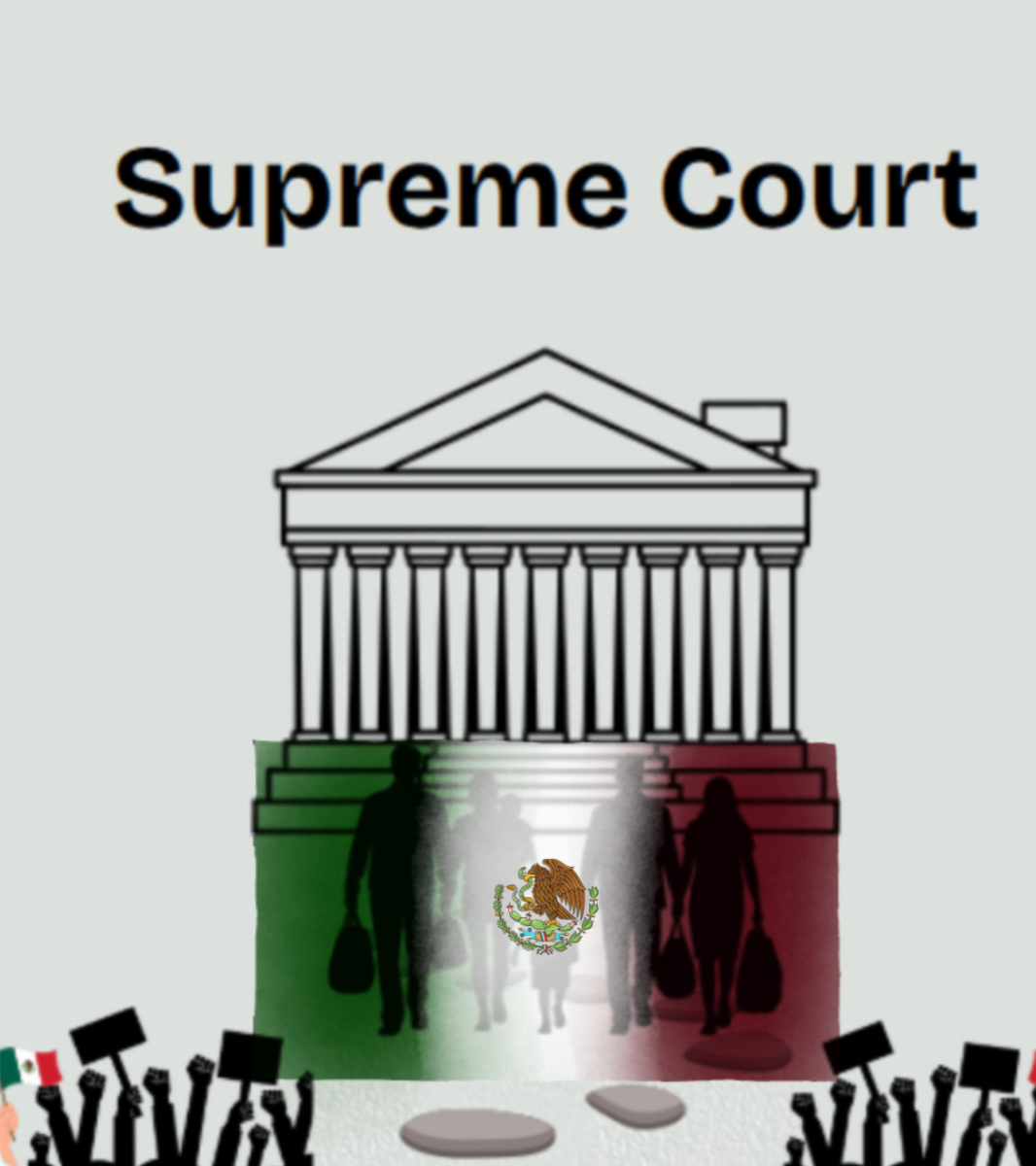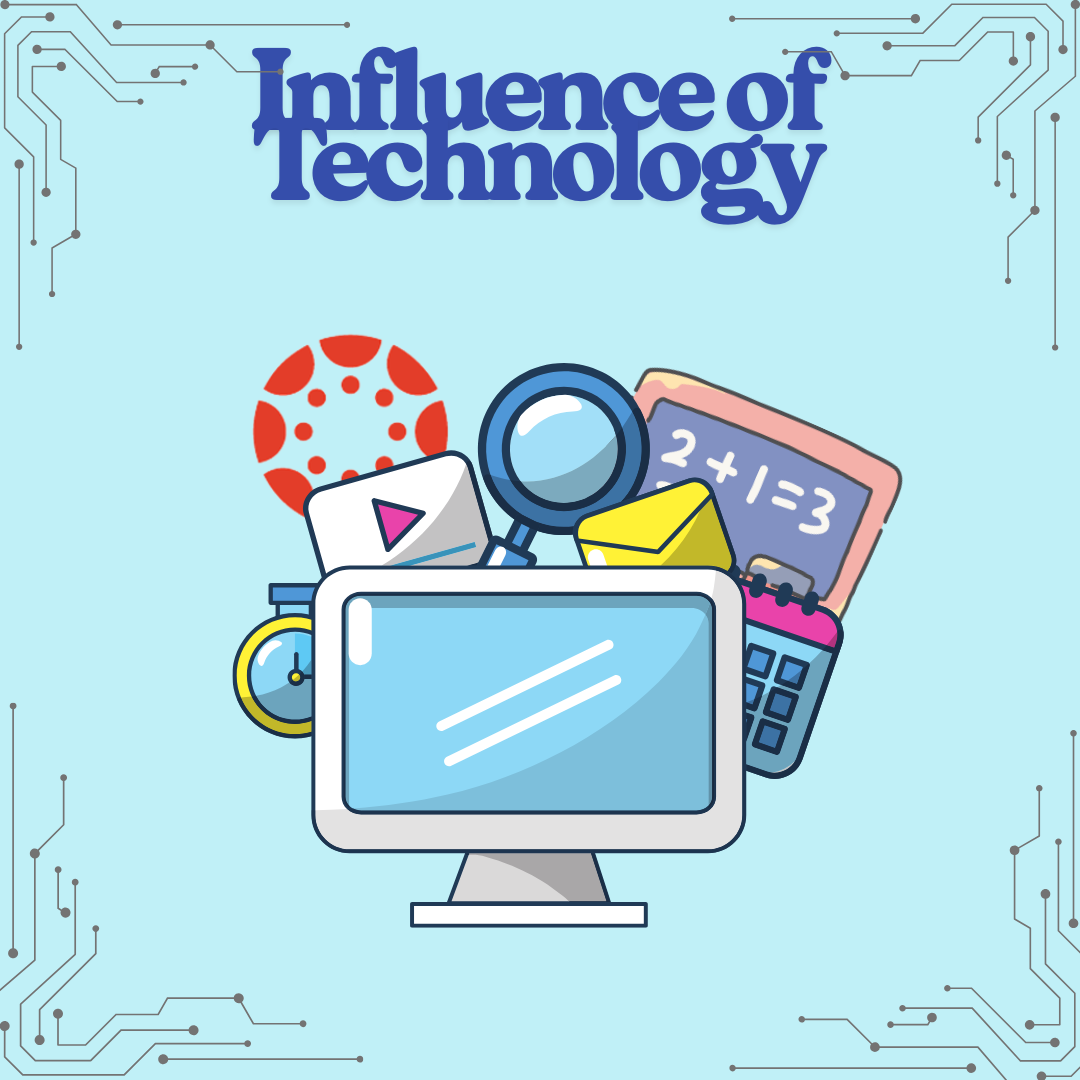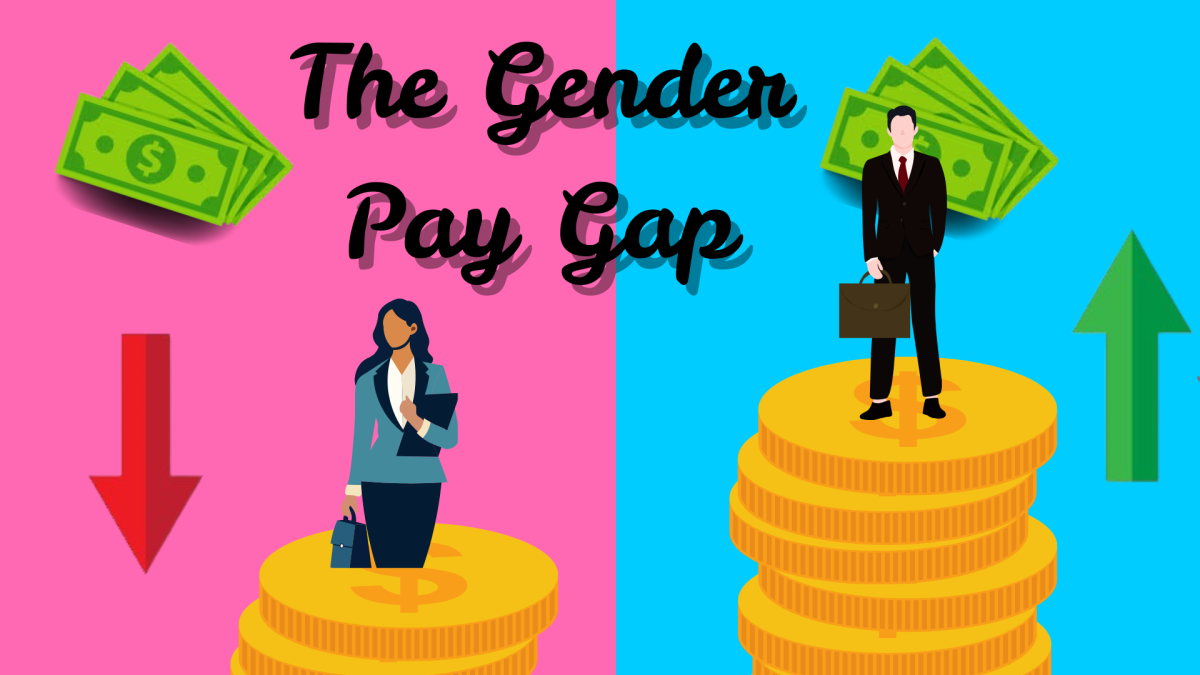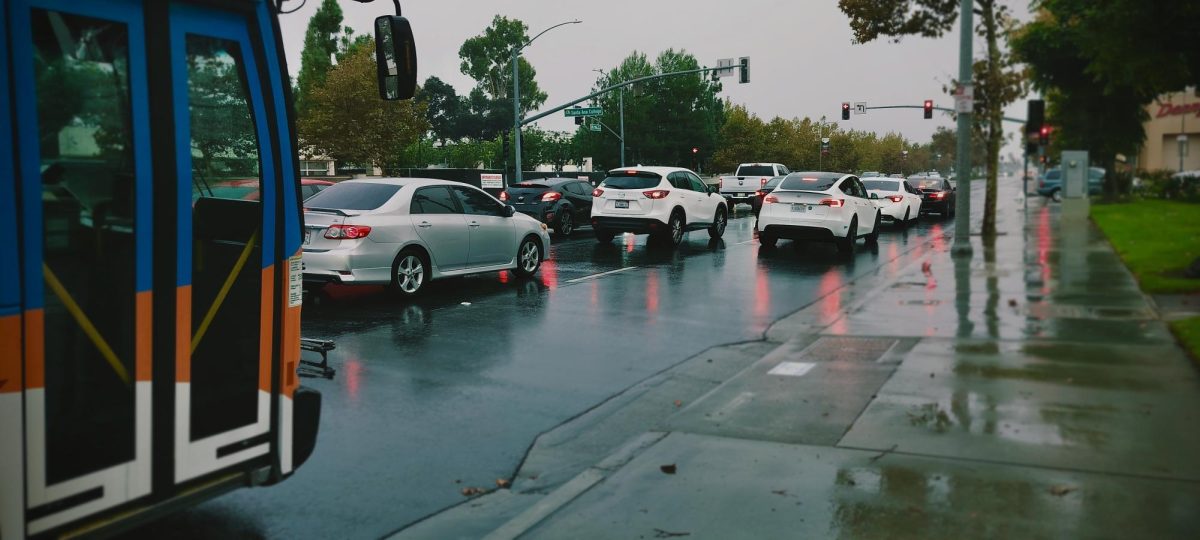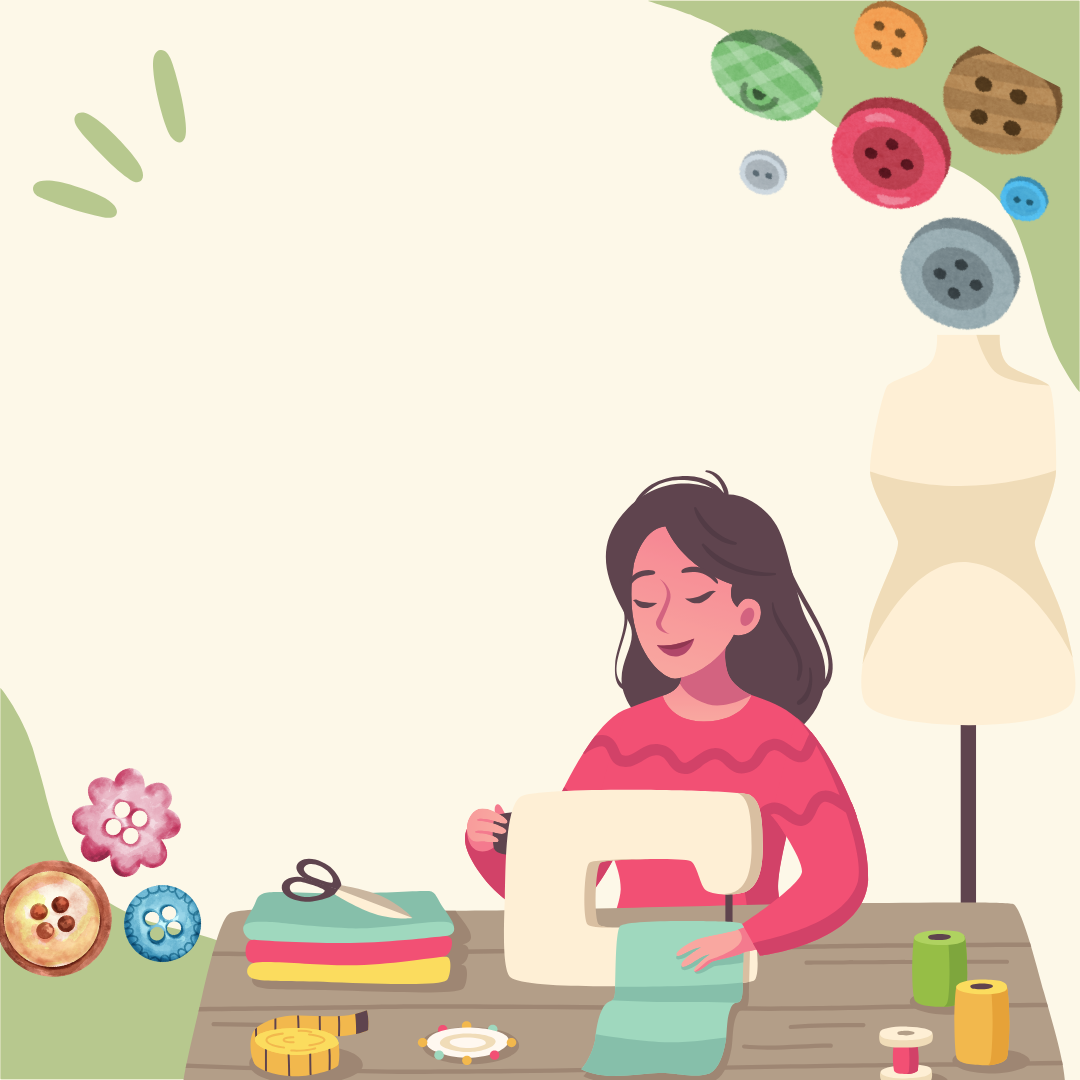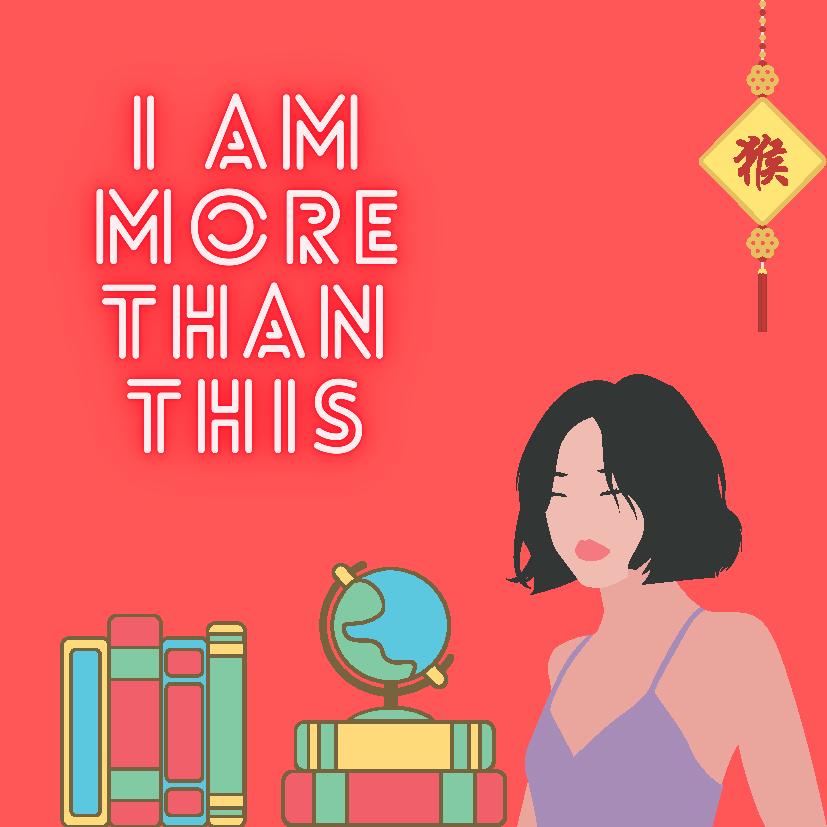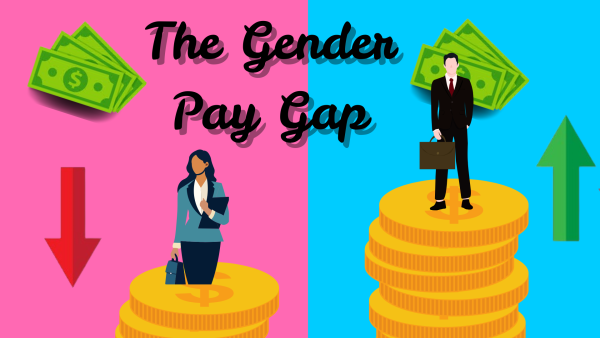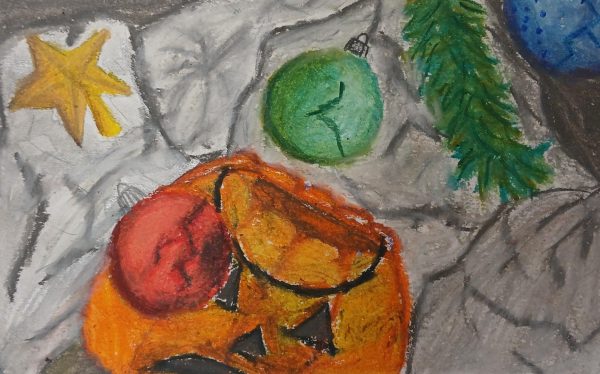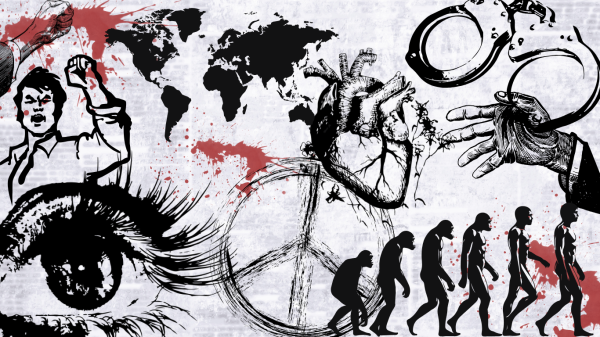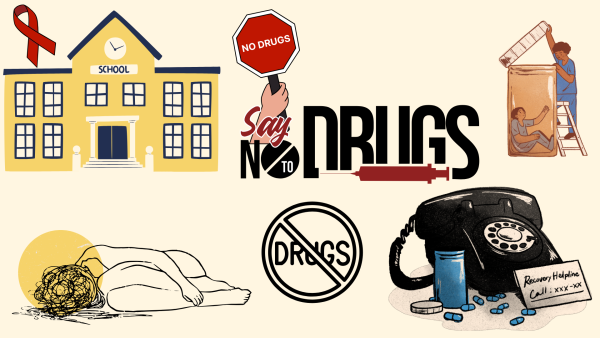The model minority myth: how it harms Asian Americans and other people of color
Carolyn Tran (Created with Canva)
Positive stereotypes are ultimately still stereotypes, and they don’t help minorities regardless of how pleasant they may seem.
I’m a straight-A student, an aspiring doctor, and have played the violin since fourth grade. Most people would say that I fit the Asian-American stereotype to a tee. As a matter of fact, in the past, I myself embraced all the cliches that people threw at me: that I was docile, well-behaved, and academically gifted, albeit not very street smart. It took me quite some time to realize that, by allowing people to stick these labels on me, I was doing a disservice to both myself and other Asian-Americans.
I care about my education, but there’s more to me than that. I, like all others of Asian descent, am a multi-dimensional human being, which is why the myth of the “model minority” is so harmful.
In mass media, there is no shortage of Asian stock characters. There are nerdy girls who bury their noses in books and care for nothing but college, socially awkward boys who have no experience with the opposite sex, and strict parents who speak in broken English while threatening to beat their children.
“If they’re not perfect students or tiger parents, they’re martial arts masters. It’s just really strange to me how hard it is for Hollywood to portray Asians as, you know, people,” said senior Albert Huynh.
Beyond the screen, assumptions that everyday people hold toward Asian Americans can also cause strife within the community. Even seemingly harmless stereotypes can have severely negative effects.
“I used to hold a lot of stress regarding the things I liked. I mean, I’m into robotics and anime, and I thought that those things made me nerdy and ‘stereotypical.’ I also got bullied a lot in elementary school because of my race. People mockingly pretended that they knew Chinese and even called me racial slurs. I think that goes to show how dehumanizing stereotypes can be,” Huynh said. “The students at my school viewed me as this ‘Asian kid’ and not an actual kid. Before I came to Santa Ana, I lived in Westminster, and the school I went to was predominantly Asian. When my family moved, kids started to harass me about my race. They said that my eyes were too small and the bullying just felt so alien to me.”
The model minority stereotype promotes the idea that Asians are strange newcomers to American society, making it harder for others to empathize with them and view them as ordinary people. Its negative impact, however, extends well beyond the Asian-American community.
The concept of Asians being meek and well-behaved is actually relatively new. For most of American history, the majority of Asian-Americans were seen as dangerous foreigners. The Chinese Exclusion Act came into effect in 1882 and wasn’t repealed until 1943. Then, during World War II, Japanese Americans had their properties seized and were placed in internment camps. The mainstream perception of Asians only started to change during the Civil Rights Movement, and not for good reason.
In the 1960s, Asians started to become lauded by politicians as upstanding civilians. As a result, discrimination against them decreased and the wage gap between white people and Asians closed. Then, after putting Asians onto a pedestal, politicians were able to blame other minorities for being disadvantaged. If Asians were able to succeed in America, they claimed, then that meant that other ethnic communities were just lazy. The concept of the model minority was used to blame people of color for the prejudices and injustices that they faced.
“By saying that Asian-Americans are all smart, you’re stripping them of their individual identity, and you’re also indirectly saying that people of other ethnicities are unintelligent in comparison,” senior Alexis Tlilayatzi said. “It harms everyone.”
In spite of whatever race somebody is, they deserve to be treated with all the respect due to a human being. The concept of a “model minority” is harmful and outdated.

I can wiggle my ears, I love classical music, and I’ve never eaten a burger before.

